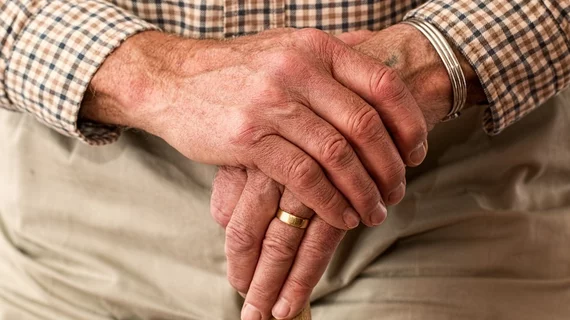Stanford researchers are redefining the effort to catch osteoarthritis early with a combination of MRI and PET imaging, opening the field up to more noninvasive options for evaluating bone health, according to a study published online in Osteoarthritis and Cartilage.
The work, funded by the NIH’s National Institute of Biomedical Imaging and Bioengineering, studied bone remodeling— the process where new bone tissue forms in the place of old or damaged tissue—according to an NIBIB release. The researchers focused on bone remodeling because it has been suggested as an early marker for the development of osteoarthritis (OA), though traumatic injuries, ligament tears and repetitive stress are more external risk factors for the condition.
Since assessing bone remodeling currently requires either a pricey biopsy or an insufficient blood test, the researchers, headed by Feliks Kogan, PhD, a radiology instructor at Stanford, tried their hand at imaging as a less invasive and more affordable option. PET images are enhanced by a chemical tracer that’s absorbed in areas with high bone remodeling, and MRI can detect early degenerative changes in cartilage tissue before the actual loss of any cartilage.
For their study, Kogan et al. recruited 15 patients, all of whom had one healthy knee and one with a surgically repaired ACL tear because the injury put them at an increased risk for OA. The participants underwent dual-technology MRI and PET, after which the research team compared images of healthy knees to those of healing ones.
According to the study, increased bone activity in the patients’ knees was often seen next to areas with early cartilage tissue degradation, suggesting there’s a link between degenerative changes in neighboring tissues and OA.
“This exciting study has demonstrated the potential of the advanced multimodality imaging technology of providing critical information on bone degeneration noninvasively at an early stage,” Guoying Liu, PhD, director of the NBIB Program in Magnetic Resonance Imaging and Spectroscopy, said in the release. “We are hopeful that such technology could lead to more accurate diagnosis and assessment of therapy, ultimately reducing overall healthcare costs due to osteoarthritis.”

